et sa maison de Los Angeles datant de 1937.
Find Home & Garden news on gardening, architecture & architects, flowers & plants, interior design, home repair, real estate and furniture
La reine du kitsch
et sa maison de Los Angeles datant de 1937.
Japanese Garden
The term Japanese Garden is a Japanese style, can be found at private homes, in neighborhood or city parks, and at historical landmarks such as Buddhist temples, Shinto shrines and old castles. In Japanese culture, garden-making is a high art, intimately related to the linked arts of calligraphy and ink painting.
Japanese Gardens are very important to the Japanese. All of the gardens are representations of nature. The purpose of these gardens in to capture nature is the almost natural way, and do it with a touch of artistic feeling. The Japanese gardens, for the Japanese people, have an ancient history influenced by Shinto, Buddhist and Taoist philosophies. These philosophies are used in the creation of the Japanese Gardens so as to bring a spiritual sense to the gardens. The Buddhist influence makes the garden a quiet place, allowing people to look back and reflect upon themselves, or meditate.
The presentation of each garden will include a plant that will help the visitor locate the various positions from which photographs were taken, but one may also take the tour by simply clicking on Tour the Garden. Other buttons lead to a longer history of each garden, a general bibliography, a glossary, an overview of the history of early garden design, and a section on the basic elements of Japanese gardens. Instead, the site is designed simply to provide the visitor with an opportunity to visit each garden, to move through or around it, to experience it through the medium of high-quality color images, and to learn something of its history. Winter is as much a garden season in Japan as spring. The Japanese refer to snow piled on the branches of trees as Sekku, or snow blossoms, and there is a lantern known as Yukimi that is named the snow viewing lantern. Even this season that represents the death of the garden is a vital one for our Japanese gardener, while our western gardener sulks until spring. Perhaps it is the eastern acceptance of death as a necessary component of the life cycle that separates the two gardeners.The Japanese garden is not truly a singular type despite the fact that certain rules apply to every garden. The gardens differ by setting and by use. A garden that seeks to re-create nature on a small-garden sized scale. Through its maker's choice and placement of plants, it is meant to suggest the wildness of nature, a sense of motion, and the passage of time. Japanese gardens usually incorporate Shinto or Zen elements as well. Typical Japanese garden have at their center home from which the garden is viewed. In additional to residential architecture, depending on the archetype.
Gardening and Garden Buildings!
Gardening can be a very simple and easy thing to do. It can be a fun and relaxing task to take upon during your weekends when you have some spare time, or even an everyday thing to do at home whenever you find some time. For many people, gardening is a big part of their lives and they just love working on their garden. Then again, not everyone actually likes gardening.
Just because you have a garden, it does not mean that you have to spend a lot of time working on it. You can absolutely enjoy a garden even if you don't like gardening at all. There are many kinds of different garden buildings that can make your life easier while enhancing the looks of your garden.
For most people, when they hear the word garden, they just start thinking about flowers, plants, or other stuff that you would normally grow in it. Well, those people are simply misinformed.
There are many more things to a garden than just gardening. For example, there are many garden buildings that you can keep in your garden. Whether garden buildings are there just for you to enjoy them or if you build them just to enhance the looks of your garden, they still make a great addition to it!Some of the most popular garden buildings include garden sheds, log cabins, summerhouses or even the children's favorite tree house! You can use garden buildings as a means of extra storage, an extension of your home, or even just for fun. I can't seem to forget how much fun I used to have in my tree house when I was younger!













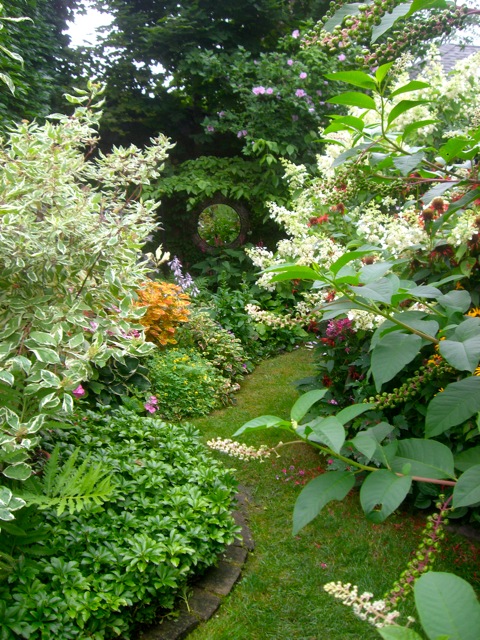




















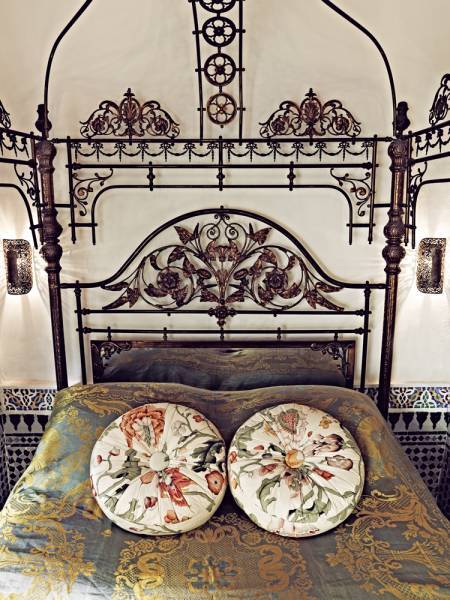

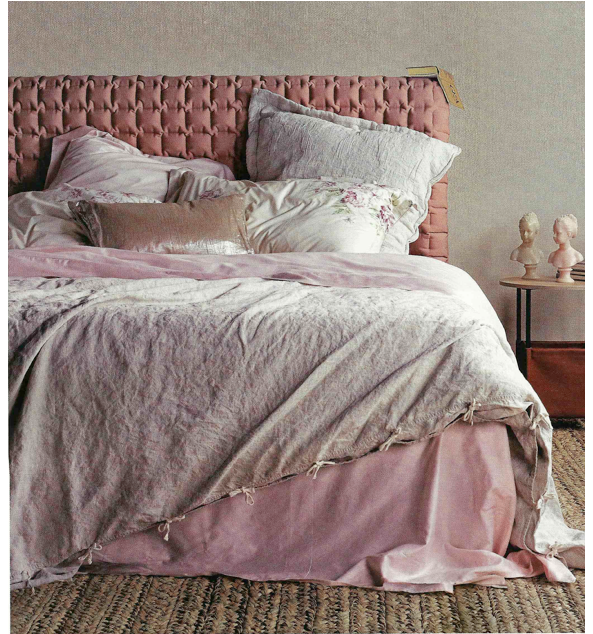



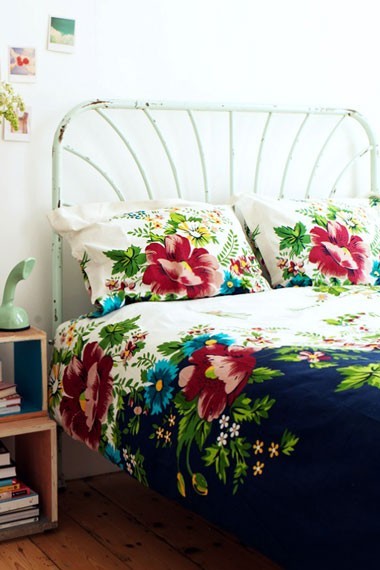


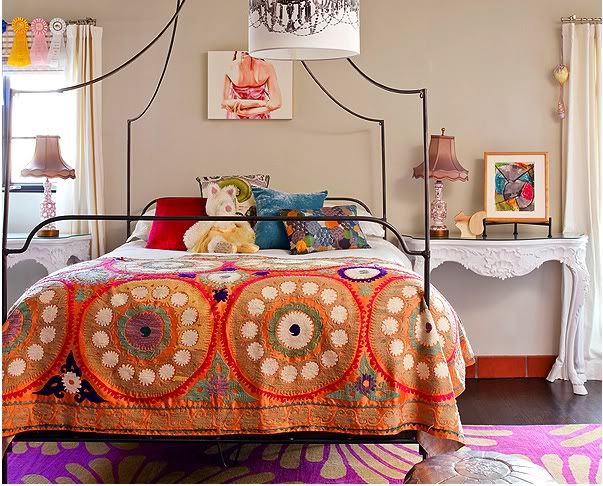
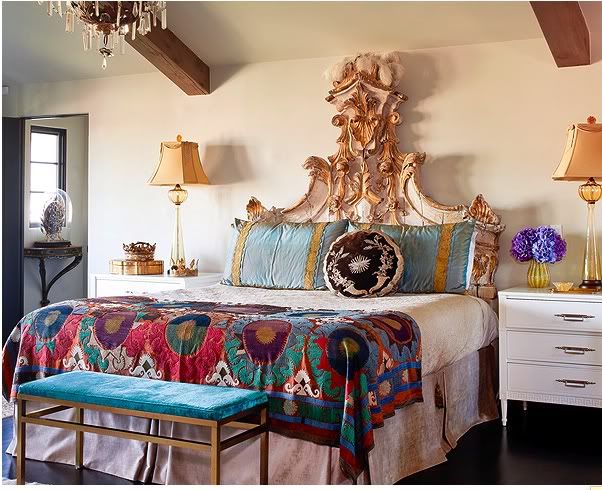


.jpg)











